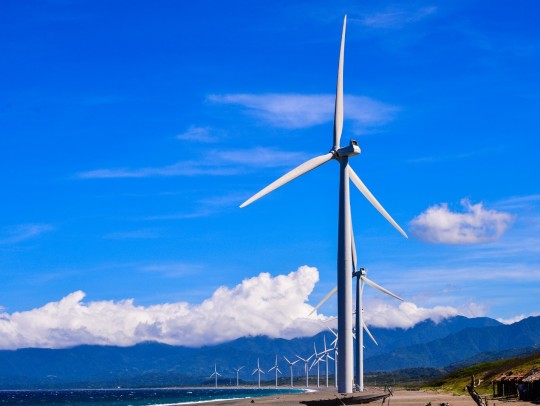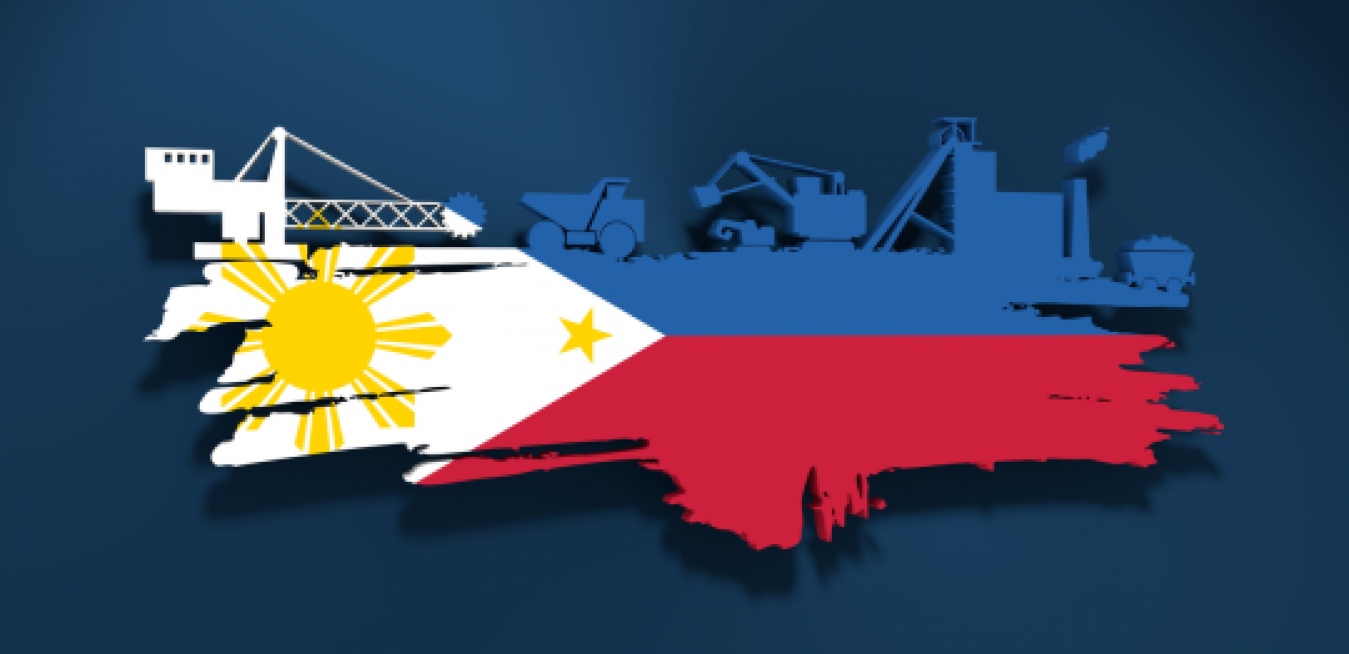“I believe the energy mix of a country needs to be as carefully selected, and balanced, as the Phil Jackson coached the Chicago Bulls Dream Team of the 1990s,” said Jocot.

Jocot explained, “While Michael Jordan was at his peak, the team’s success was built on collective, not individual brilliance. This approach also applies to powering a country – you can’t rely on one superstar fuel, you need a variety of fuels and power plants, each playing a vital role in the national game plan.”
Getting the energy balance right is a priority for many ASEAN nations and Jocot shares how this is addressed in the Philippines today, as well as future challenges and opportunities.
Jocot, how well balanced is the energy mix in the Philippines?
Compared to other ASEAN markets, the Philippines has a fairly-balanced mix, we are not too reliant on any one fuel. Singapore and Thailand for example, are quite reliant on natural gas.
Coal is one of the fuels used in the Philippines, what role does it play?
Coal-fired power plants provide baseload power – in other words, a constant, consistent large capacity of energy that keeps the transmission and distribution grid stable, and industries secure. Coal-fired plants provide energy security - a solid last line of defense.
While coal makes up 34% our energy balance, we must be mindful that almost all the coal is imported from Indonesia. In addition, coal plants take 36 months or more to build, and require large amounts of capital. And to address environmental issues, coal plant operators need to continuously adopt cleaner coal technologies as they come to market.
What about natural gas?
In basketball terms, natural gas is like a small forward – it is versatile and nimble enough to swing quickly across the demand profile. Gas turbine technology enables rapid ramp up, and ramping down of power to meet mid-merit and peak energy needs caused by surges and drops in demand.
Gas plants are a good fit for the Philippines because demand usually peaks two times a day for a few hours. By comparison, coal-fired plants better service base-load demand. Last year, natural gas fired plants accounted for about 18% of the country’s total dependable capacity but contributed almost 25% of the total power generated, second only to coal at 42.7% generation.
Are there downsides to natural gas?
While natural gas is cleaner than coal, it is more expensive as it is linked to oil prices. Natural gas importation is a high-profile issue today, because production from the Malampaya gas field in Palawan is declining. To fill this gap, importation of liquefied natural gas (LNG) is one option, but major capital is required to build facilities to store LNG and regassify the same for use in power plants.
Many countries are turning to renewables - how about the Philippines?
Renewables account for about 31% of our mix today comprising geothermal (10.3%), hydropower (19.08%), wind (0.66%), solar (0.11%) and biomass (0.52%) fuels. We are the world’s second largest producer of geothermal energy, with about 1,900 MW of installed capacity.
Wind and solar are in the headlines, given the feed-in tariffs granted by the government to boost investment in renewables. These tariffs are higher than the per kilowatt hour price typically associated with coal-fired plants. It is therefore, a little ironic that cleaner power needs to cost more, but large capital investments per MW necessitate economic returns to developers.
Despite costs, renewables are here to stay - in Germany, they account for more than 25% of the country’s generation mix, with a stated target of 80% by 2020. The International Energy Agency estimates renewables will make up 30% of the world’s generation portfolio by 2030.
Interestingly, we are seeing a decrease in costs relating to renewables such as wind and solar, so much so, that the country’s largest utility has entered into a power purchase agreement with two solar developers – this is a major step from relying on higher priced Feed-in Tariffs.

Like many markets around the world, more renewable energy projects, such as wind energy farms, will be built across the Philippines – further investment in support grid networks however, is required to speed up expansion.
While the trend is strong, what are the biggest issues on the renewables front?
For wind and solar, operators of transmission and distribution grids need to make sure that there is enough standby power to keep the grid stable when there is no sun or wind. Power fluctuations caused by variable renewable sources could disrupt the stability of the grid leading to outages.
Energy storage solutions therefore, have a vital role to play. While the solar and wind footprint remains relatively small, serious thinking needs to be done to ensure that grid stability is maintained as more projects come online.
We’ve covered renewables, coal, and gas - have we missed other contributors?
With about 17% of fuel oil power plants in the dependable capacity mix, we are still quite reliant on them, especially during extreme peak demand and outage times. While there are large units like the Malaya 500 MW plant in Pililia, Rizal, most are small, costly, old, and inefficient.
In the near-term however, it’s prudent to keep them in the mix – they serve the same role as a basketball team’s bench – providing back-up when the starters become exhausted. Plus, as we have many islands in the archipelago, they are the only option for communities not connected to distribution grids drawing power from large power plants.
In your opinion, what are the key factors behind a sustainable energy plan?
The overriding goal is affordable, accessible reliable power not dependent on any single resource. But while a balanced plan is best, it must be updated regularly as new technologies come to market.
Policy-wise, key considerations include the changing nature of the demand profile, the availability and cost of different fuels, and the environmental consequences of power plants selected.
Finally, as electricity is a basic of life, I encourage everyone - “the fans” - to be active, not passive. Ahead of major energy decisions that will change lives, and livelihoods, please take time to learn the pros, and cons, of the various power plants under consideration to make your voice heard.





